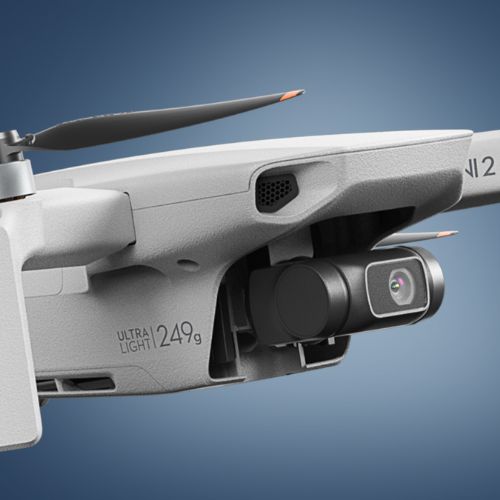In today’s rapidly evolving world, UAVs have become integral to industries ranging from agriculture and public safety to construction and environmental conservation. As the workforce increasingly relies on this technology, early exposure to UAV operations can offer students in STEM (Science, Technology, Engineering, and Mathematics) programs invaluable skills. A UAV (Unmanned Aerial Vehicle) flight simulator offers a safe, cost-effective, and engaging way to introduce young minds to the fundamentals of drone piloting, sparking curiosity and innovation.
UAV flight simulators provide a hands-on learning experience in a controlled, risk-free environment. For young students, especially those new to piloting, the simulator eliminates concerns about crashing expensive hardware. It allows them to make mistakes, learn from them, and build confidence before operating a real drone. This practical exposure enhances their spatial awareness, motor skills, and decision-making abilities.
Flight simulators help students connect theoretical concepts from STEM classes—like physics, mathematics, and computer science—with real-world applications. For example:
- Physics: Students can observe principles of aerodynamics, such as lift and drag, as they pilot virtual drones.
- Mathematics: They can calculate flight paths, analyze telemetry data, and plan efficient missions.
- Coding and Robotics: Simulators often include programming components, enabling students to explore the fundamentals of drone automation.
By bridging the gap between classroom learning and practical technology, simulators encourage students to see STEM subjects as dynamic and relevant to their future careers.
UAV simulators simulate real-world challenges, such as navigating obstacles, adjusting for wind conditions, or completing specific mission objectives. These scenarios encourage young learners to think critically, troubleshoot on the fly, and refine their problem-solving skills. Whether they’re mapping a virtual environment or conducting a mock search-and-rescue mission, students learn to adapt to challenges in a structured, engaging way.
For educational institutions, UAV flight simulators offer a budget-friendly solution to incorporating drones into the curriculum. Physical drones and related accessories can be expensive and require maintenance, while simulators can train multiple students simultaneously with minimal investment. Moreover, they reduce wear and tear on physical drones, extending their lifespan and lowering costs.
The integration of UAVs into STEM education can ignite interest in high-demand career paths such as engineering, data analysis, GIS (Geographic Information Systems), and robotics. By introducing students to drone technology through simulators, educators can inspire the next generation of innovators and problem-solvers, preparing them for a tech-driven world.
Flight simulators also reinforce the importance of safety and responsibility in UAV operations. Students can learn about aviation regulations, no-fly zones, and ethical considerations, ensuring they approach drone technology with professionalism and respect.
In closing by incorporating flight simulators into the curriculum, educators can empower students to embrace innovation, explore their potential, and take flight in the fast-growing field of UAV technology.


